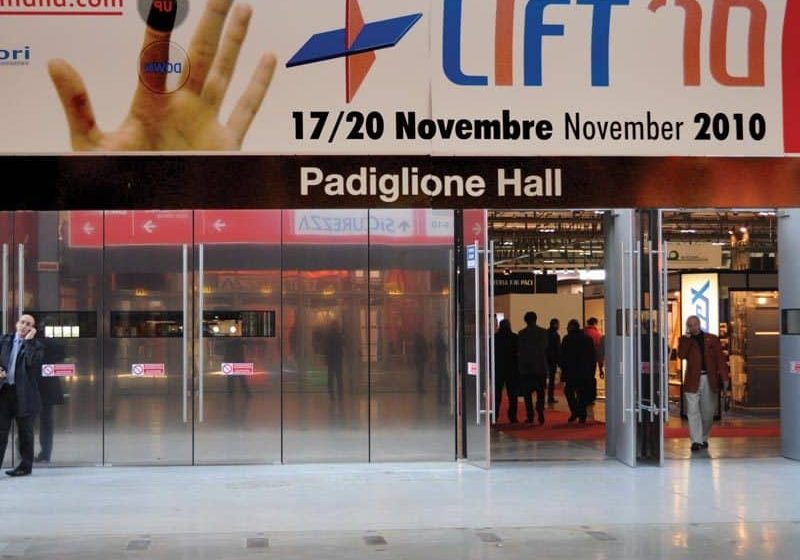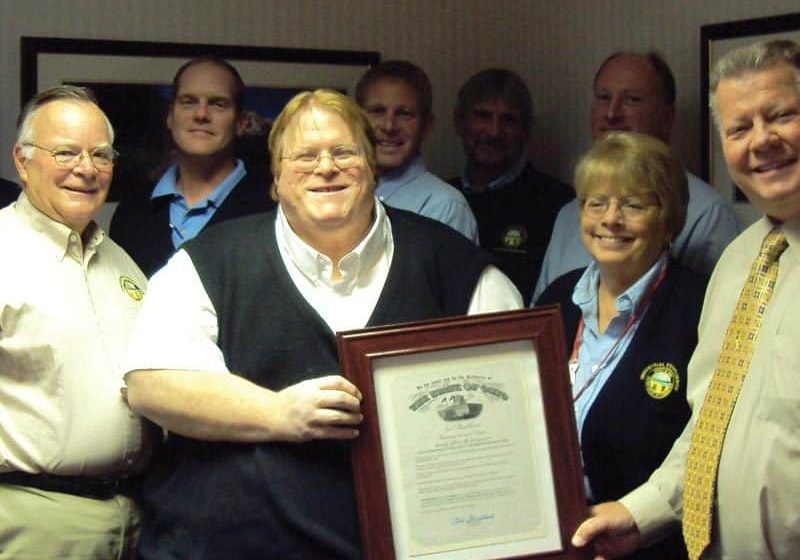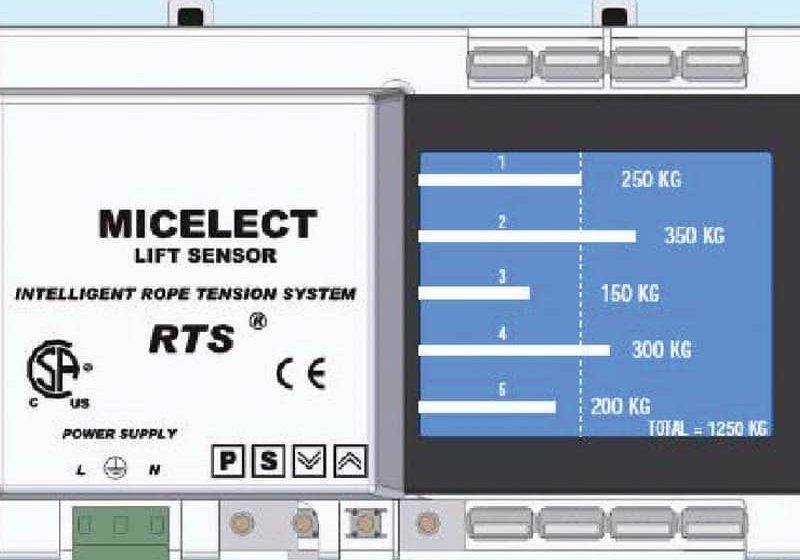The first installment of a new series looking at movies that feature elevators as a primary setting begins with an overview of 1974’s The Elevator.
The release last year of M. Night Shyamalan’s Devil, in which an elevator serves as the primary location for much of the movie’s action, caused me to wonder if other movies have relied on the elevator as more than just a prop that facilitates action. I have already discussed one of the most famous of these movies, Lady in a Cage (1964), in my “It’s Only a Movie” (ELEVATOR WORLD, April 2007). However, I was curious to see if I could find more films that used the elevator as a primary setting. Thus far, I have found seven movies that fit this criteria. These films, produced between 1974 and 2010, will be the subject of a three-part series. Some films will be examined in detail, while others will be examined in a more cursory fashion. It should, however, be noted that in most instances, these films should be approached with great caution by industry members, as they may make you laugh (or perhaps even cry) for all the wrong reasons and at the wrong time (at least as far as the filmmaker is concerned).
The first movie in this series followed the “star-studded disaster movie” theme that began with Airport (1970) and included The Poseidon Adventure (1972), Earthquake (1974) and The Towering Inferno (1974). However, unlike its predecessors and contemporaries, this film was produced not for the big screen, but for TV. On February 9, 1974, the ABC Movie of the Week was The Elevator. The cast, while perhaps not “star studded,” did feature many well-known actors: James Farentino, Roddy McDowall, Craig Stevens, Don Stroud, Teresa Wright, Myrna Loy, Carol Lynley, Arlene Golonka, Barry Livingston and Jean Allison. The plot was simple – it centered on the plight of eight people who become trapped in an elevator. While on the surface, this seems to lack any particular drama (in a normal situation, the passengers would simply wait quietly for rescue by trained personnel), Hollywood provided the necessary components to ensure appropriate suspense. In fact, the movie falls into the category of thriller/drama.
The audience is introduced to the elevator when the building manager (Roddy McDowall) takes a prospective tenant (Myrna Loy) up to the penthouse office suite. During the ride, the building manager notes
that the “modern” elevator travels at the remarkable speed of 10 fps. The setting for the elevator is an under-construction 40-story skyscraper; although its lower and upper floors have been completed and are partially occupied, the interiors of floors 23 through 35 have not been completed and are vacant. The accident occurs on a Friday prior to a three-day weekend. The building is scheduled to close at 5:00, and all tenants and visitors are expected to leave, with only two security guards and a custodian remaining in the building. The accident occurs approximately 25 minutes into the movie, which is 75 minutes long.
The stage is set for the accident when 10 passengers, including two workmen transporting a 700-pound safe on a rolling pallet, board the elevator at the end of the day. The elevator stops at one of the vacant floors to allow the workmen to exit with their load. However, while the safe is being rolled out, a wheel becomes stuck in the gap between the car and landing. As the workmen attempt to free the wheel, the rocking of the safe causes the car to shake violently, and the movie audience sees various shots of the elevator machine room, where sparks begin to fly, bolts fall out, and other mechanical disasters occur. After the workmen free the safe and exit the elevator, the doors close, the car drops suddenly, the safeties activate, and the car is stuck somewhere between floors 28 and 35.
The passengers at first remain calm and seek to attract attention by pressing the alarm button, which, of course, does not work. Upon remembering that the car is also equipped with an emergency phone, the building manager opens the compartment, only to find that the phone has not been installed. At this point, panic begins to set in as the passengers realize that they are stuck between vacant floors, the building is empty, they are on the eve of a three-day weekend, and no one can hear their cries for help.
Adding to the drama is the fact that one of the passengers is one half of a pair of robbers who stole a briefcase full of money from a tenant on an upper floor. The pair was separated because the elevator was too full to accommodate both of them. The robber on the elevator (Eddie, played by James Farentino) has the stolen briefcase and is extremely claustrophobic. During a violent panic attack, the case springs open, spilling money on the floor, at which point Eddie draws his gun. This event coincides with the realization that the car has an escape hatch in the roof. Eddie climbs on top of the car and fires his gun into the shaft, which attracts the attention of his partner (Pete, played by Don Stroud) and his girlfriend (Wendy, played by Arlene Golonka), who had secretly reentered the building to look for him.
Pete is able to open the shaft doors to the landing immediately above the car, and Eddie is rescued. However, upon learning that the other passengers are aware of the robbery, Peter seeks to silence the witnesses by attempting to cut the elevator cables with a welding torch, which a worker has conveniently left adjacent to the shaft. When Eddie intervenes to save the passengers, Pete pushes him into the shaft, grabs the briefcase, and runs away. When Eddie strikes the top of the car, it suddenly drops a few more floors. Wendy rescues Eddie by lowering the welding-torch hose, which Eddie uses to climb out and after which he and Wendy flee the scene.
Following these events, a teenage boy (Barry Livingston) attempts to climb the welding hose to safety. Upon nearing the open landing doors, he slips and falls down onto the car, which drops several more floors. This event, as well as the prior drop, is accompanied by more shots of sparking elevator engines and control panels; however, now whenthe elevator stops, the doors slide open, revealing that the car is halfway to a landing. Clearly oblivious to the dangerinvolved, all of the passengers scramble out of the narrowopening. For full dramatic effect, immediately after the last passenger has exited, the car crashes to the bottom of the shaft.
In spite of numerous lapses in the realistic depiction of elevator systems and operation, the movie is quite good – it moves at a brisk pace, has a reasonable balance between humor and action and effectively utilizes the full range of elevator systems from car to machine room to shaft and cables. In fact, The Elevator not only entertained (and perhaps amused) industry members in the U.S., it was also released throughout Europe, airing as The Elevator (England),Fahrstuhl des Schreckens (Germany),Hissikuilu (Finland) and Panique dans l’ascenseur (France). Next month’s article will continue this survey of elevator-centric movies.
Get more of Elevator World. Sign up for our free e-newsletter.










